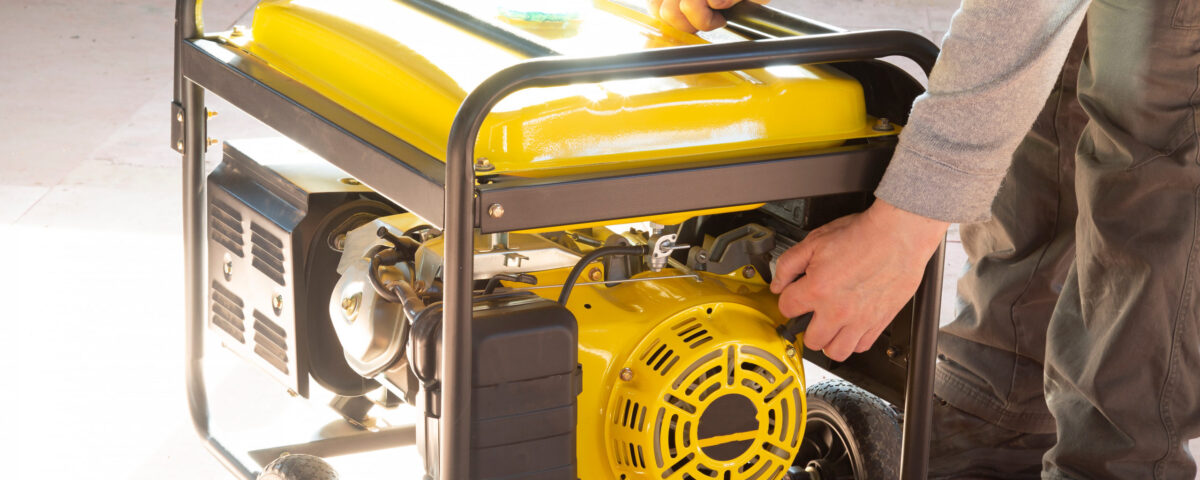
When the power goes out, a generator can be a great resource for returning comfort to your home. Whether portable or permanently installed, standby generators can come in handy when the power clicks off, especially during those hot summer day outages or cold winter night outages. But while generators can be helpful, they can also be dangerous when operated incorrectly.
To determine what generator works best for your needs, how to operate it properly, and to get it installed correctly, be sure to contact a qualified electrician or vendor. When it comes time to operate the generator, a quick read-through of the manufacturer’s instructions can be a great way to ensure you’re using the generator in a safe manner.
If you’re using a permanent generator, be sure that it has a transfer switch. When there’s an outage, our crews will de-energize the lines to ensure they can safely interact with electrical equipment. The transfer switch prevents back feeding, which is when energy from a generator goes back onto our electrical equipment, re-energizing the lines. Back feeding can be extremely deadly to crews working on electrical equipment, so it’s important to have a qualified electrician install your generator and transfer switch.
Portable generators can be a more affordable option for those who like to have backup power available but don’t want to install something on their home. Even so, it’s important to take the proper safety steps to keep those in your home and our line crews safe. Be sure to do the following whenever utilizing a portable generator:
We also suggest that generator safety guidelines, as well as basic operating instructions, be posted in the home and with the generator. You can’t always guarantee that the person who knows how to operate the generator will be home or able to start it. If it has been a while since you last needed the generator, it can also be a good refresher on safe practices.
Additional safety resources can be found online at SafeElectricity.org.